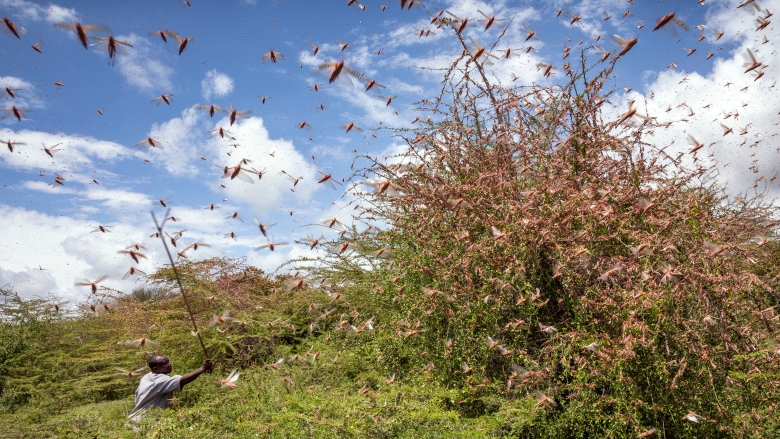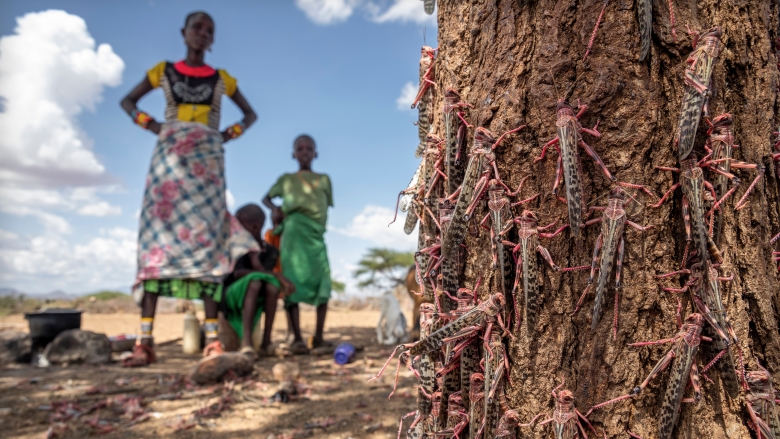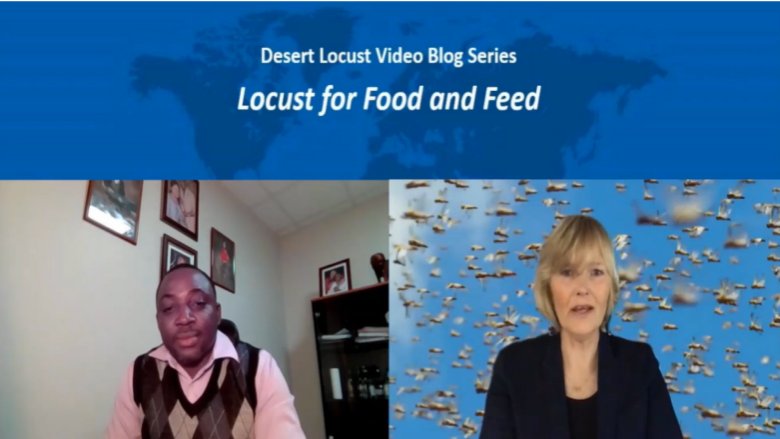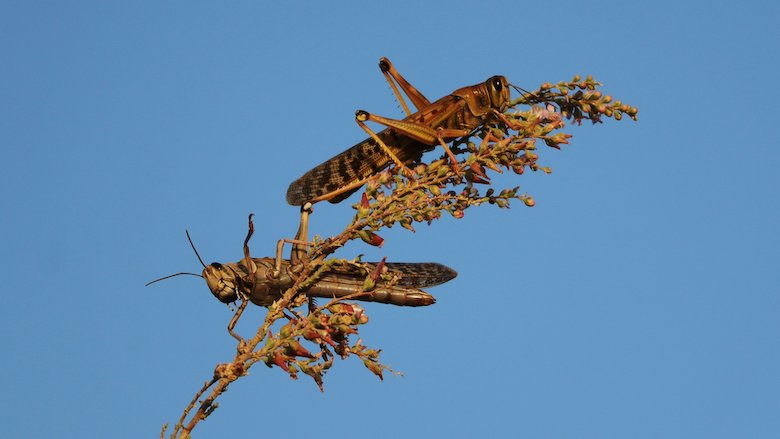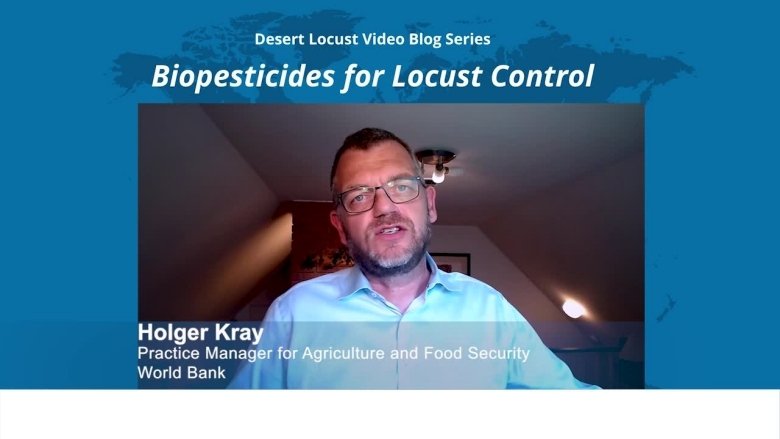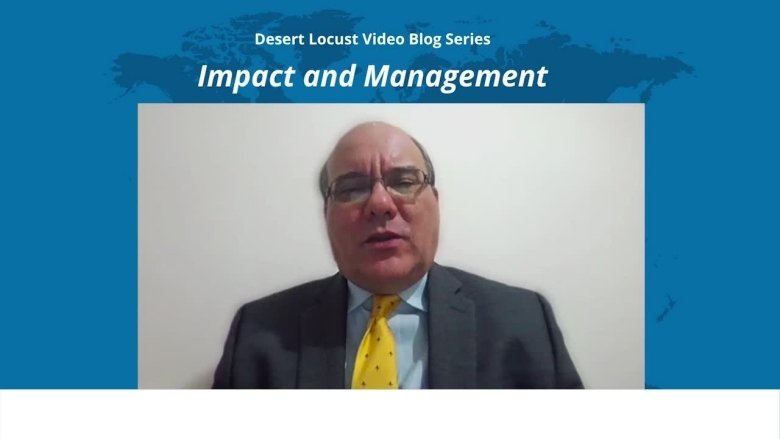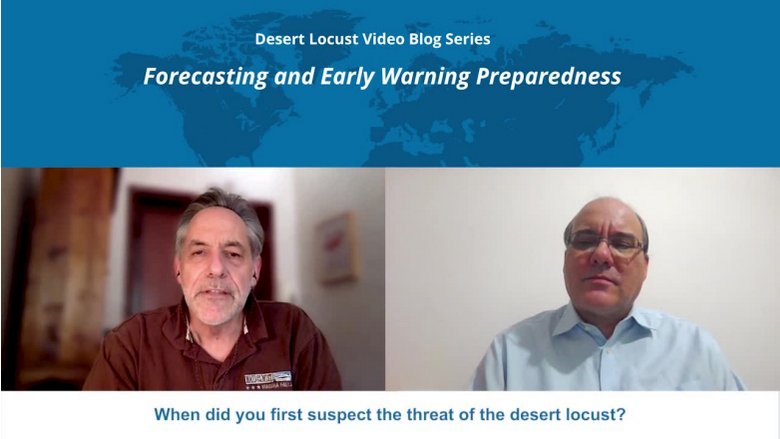Desert locust swarms are ravaging crops, trees, and pastureland, destroying food and vegetation and jeopardizing food security across Africa, the Arabian Peninsula, and South Asia. The World Bank is providing financial and technical assistance, along with other donors and leading international agencies like the Food & Agriculture Organization of the United Nations (FAO), in response to this crisis.
Why are desert locusts such a threat?
Desert locusts are the world’s most destructive migratory pest. A single swarm can travel up to 90 miles a day, have 80 million locusts and eat the same amount of food per day as 35,000 people.
A new generation of locusts emerges every 8 weeks. Each generation, on average, sees a 20-fold increase in the population. The growing swarms spread to new areas, disrupting the food supply, upending livelihoods and requiring substantial resources to address.
The economic, human, and environmental impacts of the current locust plague are substantial and could last generations. World Bank estimates—based on projections issued by FAO in March 2020--show that in East Africa and Yemen alone, damages and losses could amount to as much as US$8.5 billion in 2020. When affected households and families struggle to meet basic needs such as food and shelter, nutrition, health care, and education may be neglected, hindering long-term health and development, especially of children. The World Food Program estimates that long-term response and recovery costs could top US$1billion if swarm growth is not controlled. Studies of past locust plagues found a notable decrease in school enrollment in affected areas as well as evidence of stunting in infants and children
Locust swarms threaten a vulnerable population
Decimated crops and pasture mean that food security and livelihoods for millions of people—especially in countries marked by fragility, conflict and violence—are at stake. The Greater Horn of Africa already has a large vulnerable population. As the locust upsurge began to set in, over 23 million severely food insecure people and over 12 million forcibly displaced were already in the area. Yemen, given its prolonged conflict, had an additional 24 million people in need of assistance at the start of the locust outbreak.
What caused this crisis?
Climate change is a key driver of the current locust upsurge. One of the strongest Indian Ocean Dipoles in 60 years fueled a stretch of unusually wet weather, including several rare cyclones, that struck the Arabian Peninsula and then eastern Africa in the 18 months prior to the locust outbreak. This triggered excessive vegetation growth that supplied plenty of food for the locust population to explode and swarm. Rainfall totals that were about 400 mm above average in East Africa in the autumn of 2019 enabled locust populations to move far and quickly into that region. At the same time, swarms also moved through Iran and into Pakistan and India. Experts fear that locust swarms will become more common as oceans warm and more frequent tropical storms create favorable breeding conditions. Read more about the climate change-locust link at ICPAC: Climate change and locust outbreak in East Africa.
Fragility, conflict, and violence (FCV) exacerbate the crisis. In East Africa and parts of the Arabian Peninsula, some client countries are limited in their response by the FCV conditions within their borders. For example, Yemen—which is affected by conflict-- historically managed monitoring and control measures for locusts in well-established breeding areas.
What is the relationship to the COVID-19 crisis?
The combination of the locust upsurge and COVID-19 is undermining the resilience of already vulnerable client countries. The pandemic is also affecting the locust response. Measures to control COVID-19 are slowing or stopping supply lines for insecticides and other equipment and quarantining locust response workers. Farmers and herders whose livelihoods have already been damaged by the locusts cannot find alternative income opportunities in nearby towns. In addition, response teams need to make sure that they do not import COVID-19 to remote rural locations.
